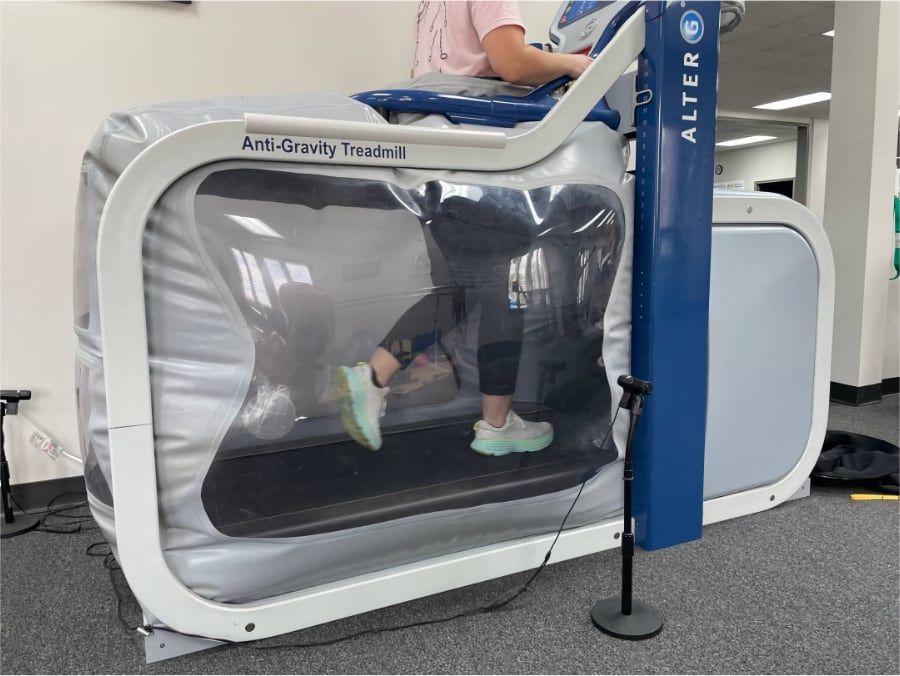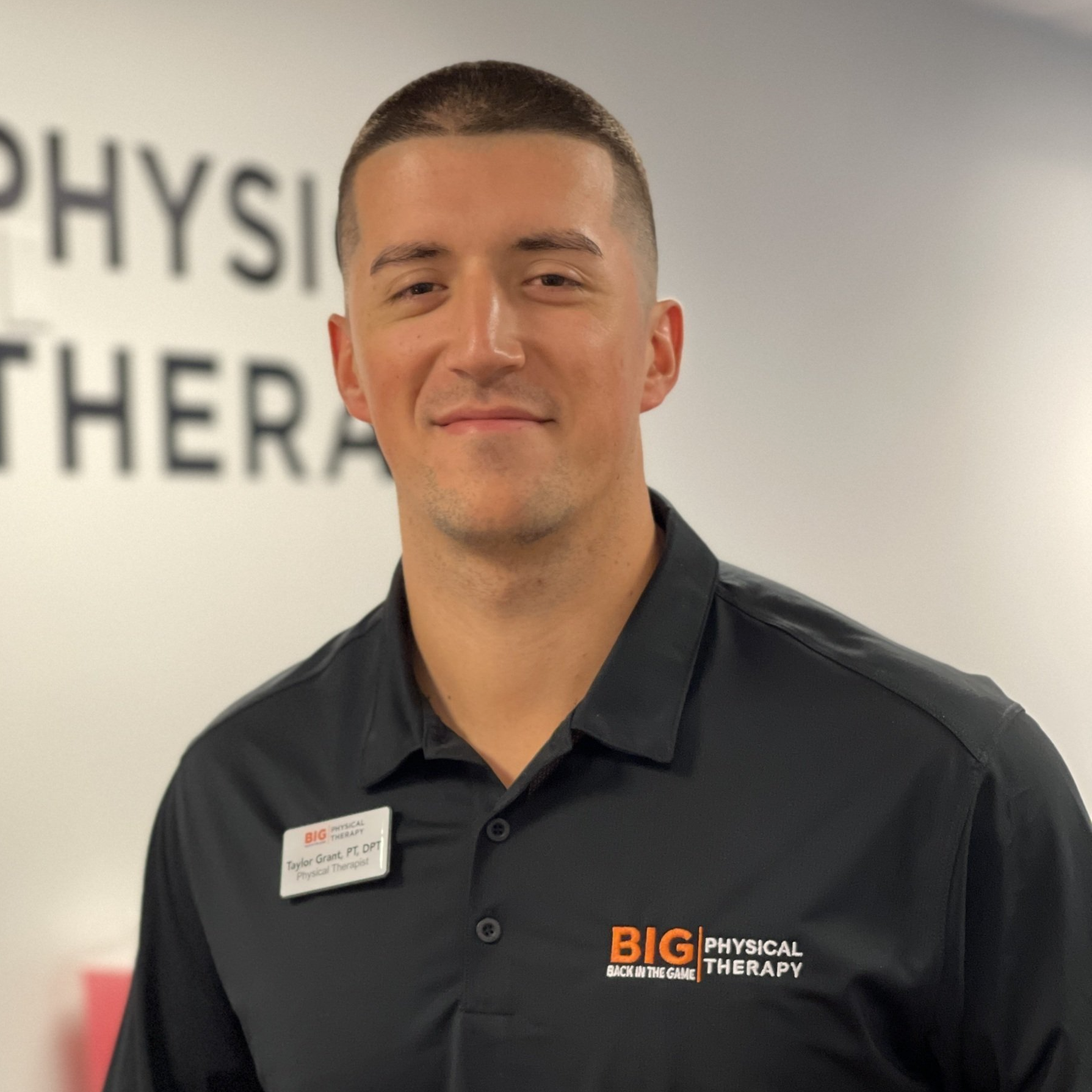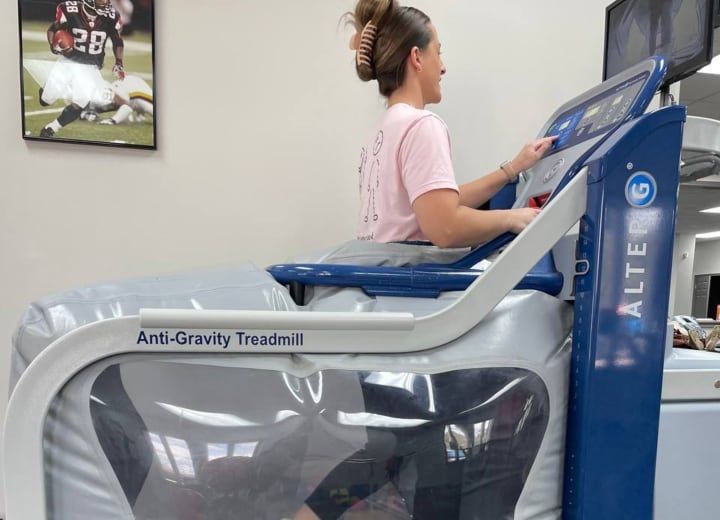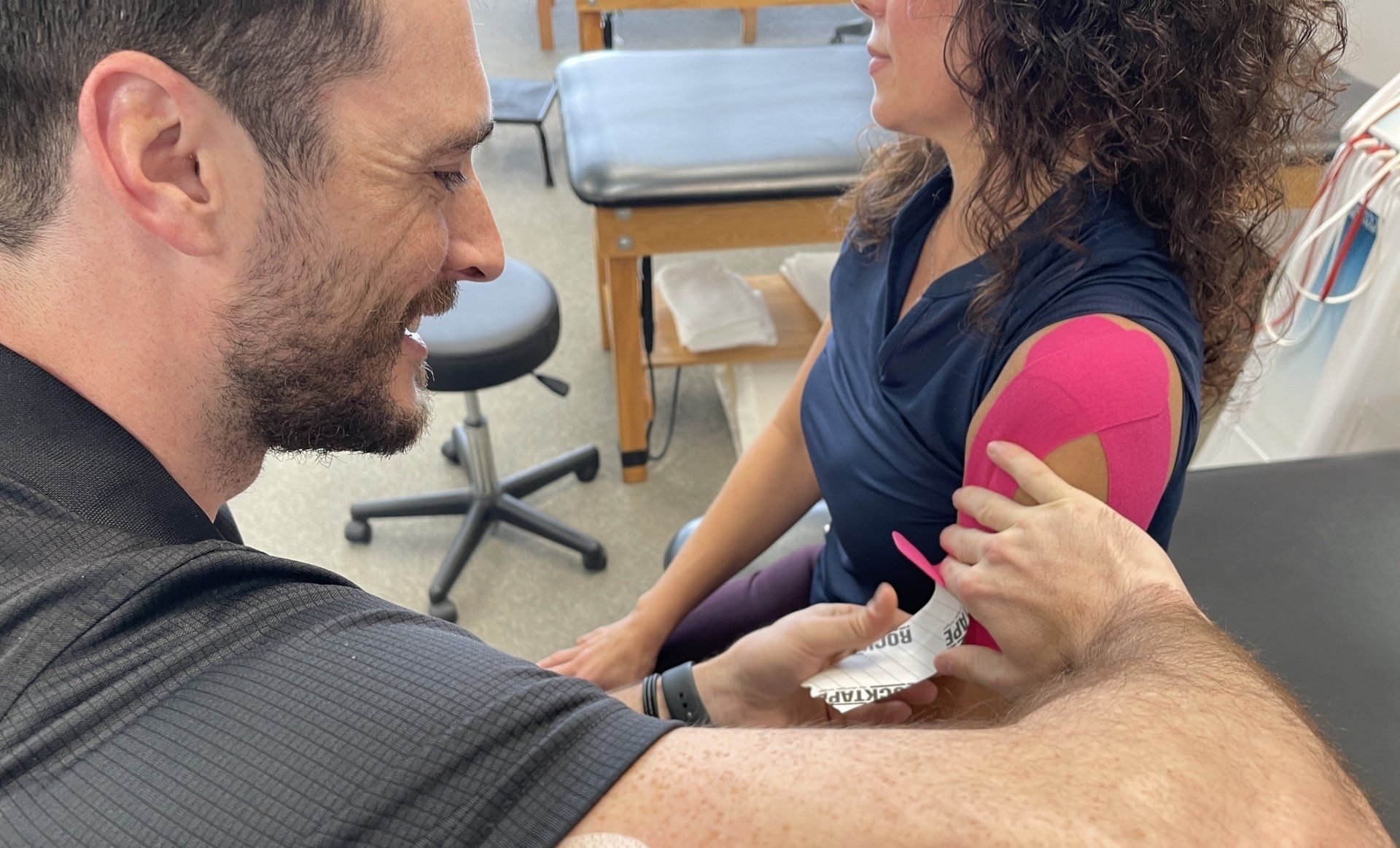6 Common Knee Injuries in Soccer
Written By: Taylor Grant
The knee is a complex joint, allowing your legs to bend, twist, and flex in a wide range of motions. However, this same strength can lead to points of weakness, especially when cartilage, ligaments, and tendons are pushed too far, leading to a range of common soccer knee injuries. In this article, we'll look at the six most common soccer knee injuries, how to prevent them, and when you should see a doctor or physical therapist to diagnose and treat an injury.
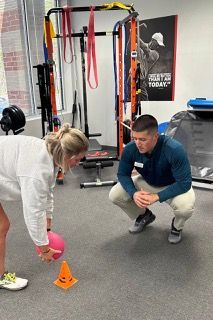
6 Common Knee Injuries in Soccer
Why is the Knee so Susceptible to Injury?
In soccer, fast starts, stops, twists, turns, and bodily contact are a part of the game. However, these same actions also lead to common soccer knee injuries caused by these same motions. Because these types of motions are so common in the game, it's pretty common for these types of injuries to occur to players. Mostly involving ligament tears, cartilage tears, and dislocations, these injuries happen when there's a rapid change of direction or speed during play.
6 Common Soccer Knee Injuries
1. Anterior Cruciate Ligament (ACL)
ACL injuries are the most common of the soccer knee injuries. As part of your knee's stabilization system, this ligament ties the shinbone to the femur, or thighbone, passing behind the kneecap in an area that is difficult to treat. More common in female athletes due to differences in the hip and knee structures, ACL injuries can be debilitating and take months to years to recover from.
2. Medial Collateral Ligament (MCL)
Supporting the inside of the knee, the MCL also runs from thigh to shin, preventing the knee from bending sideways. MCL injuries are most common when a blow happens to the side of the knee, as well as twisting or bending situations, such as a fast start. Because it's located on the side of the knee, it's easier to treat than the ACL, and may involve stretching, partial tears, or full tears.
3. Meniscus Tears and Injuries
The meniscus is a system of cartilage, two on each side of the knee, which provides a cushion to prevent the shin and thigh bones from rubbing against each other. Injured during twisting actions, the most common injury to the meniscus is a tear, either partial or complete. In serious cases, a piece of the meniscus can tear completely loose, causing the knee to lock in some cases.
4. Posterior Cruciate Ligament (PCL)
The PCL is the companion ligament to the ACL, running up the back of the knee to tie the lower and upper leg bones together. It prevents the knee from buckling backward, which is why blows to the front of the knee can cause it to tear, stretch, or break entirely. However, its position behind the knee and its larger size makes it less susceptible to injury than the ACL.
5. Lateral Collateral Ligament (LCL)
The LCL is the partner to the MCL, also running from thigh to the lower leg to prevent sideways movement of the knee. However, in the LCL, it supports the outside of the knee, preventing the knee from bending outward until it stretches or tears. The most common cause of injury to the LCL is a blow to the inside of the knee, though twisting or bending can also cause damage.
6. Kneecap Dislocations
The patella, or kneecap, can be dislocated if it's struck during play, or if some of the surrounding support ligaments are injured or torn. Much more common in female than male players due to differences in how the hip and knee are constructed, these injuries can also happen during sharp twists or turns.
Preventive Measures
These types of injuries can cause serious pain and disability later in life, making it necessary to start out with a preventative mindset when you start playing soccer. Whether you're a player or a coach, focus on building up muscle to help support the knees and prevent injuries. Following soccer knee injuries, start by treating the swelling that commonly occurs, then start and work diligently through a course of physical therapy to ensure that recovery goes according to plan. After completing physical therapy, make sure to follow any recommendations, including taping, using a knee brace at particular points, or similar advice to prevent reinjuring the knee.
When to See a Doctor
If you're not sure whether you've injured your knee significantly, it's better to err on the side of caution and see a doctor. If you have a lot of heat in the joint, significant swelling, loss of range of motion, or pain after a day or two, have it checked out. This is especially important in athletic injuries because if an injury is left untreated or is improperly treated, adhesions can form that will require additional time, attention, pain, and effort to straighten out and will slow down your recovery time.
For these same reasons, we recommend that if you have to see a physical therapist, request one that works with athletes. This ensures that your soccer knee injuries will be handled with a perspective towards getting you back on the field safely rather than simply getting you on your feet for everyday life. Athletic-focused physical therapy will look at the potential for future injury and will take care to provide you with therapy that will strengthen that area of the knee, so that it is less likely to be reinjured in the future.
How Can Physical Therapy Help Knee Injuries?
Physical therapy helps with soccer knee injuries by preventing adhesions, allowing the area to heal, and gradually building more muscle and strength in the knee joint. Physical therapists are focused on athletic performance, and will also help you learn how to move safely so that you can work to prevent the same injury from happening again in the future. If you need help from a team of experienced physical therapists who are focused on getting you back on the field, the professionals at BIG Physical Therapy can help. Please feel free to contact us today to start your road to recovery.
About the Author
Taylor Grant
PT, DPT
Specialties: Orthopedic injuries, Sports Injuries
Certifications: Dry Needling, Champion Performance Specialist (C-PS)
Location(s): Suwanee, GA
Contact
Request an appointment
